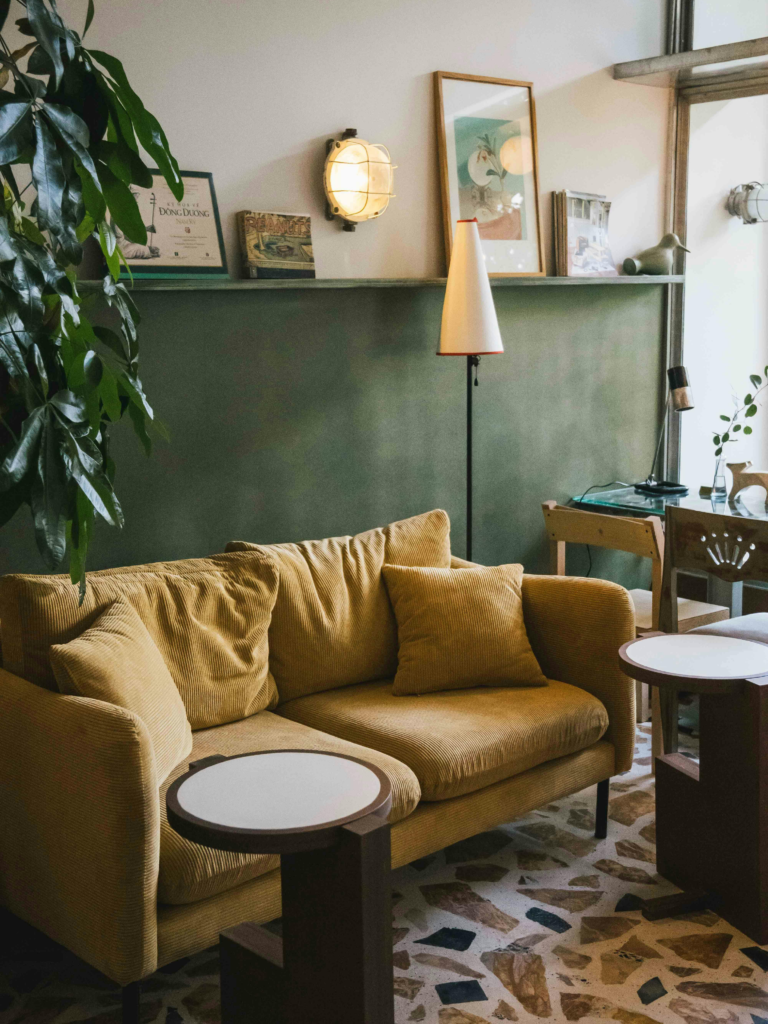Moving to any new country comes with its complications, and I think we can all agree that one of the biggest complications is housing. I have moved to Japan twice, and even spent some time relocating within the country. So, while I’m no expert, I feel I have a modicum of authority in this matter. Here, I’ll share one of the best housing tips I can offer for anyone thinking of moving to Japan—and it’s even ideal for short-term stays like working holidays.
The costs of moving to Japan
When I first moved to Japan, I came with the JET Programme. This meant that much of my setup here was handled by my contracting agency. Like in many JET cases, I found myself taking over from a predecessor and that also meant that I was taking over her rented apartment. This made my transition here extremely smooth, but not without its expenses.
In most cases, when you move to and within Japan, there are a number of costs you almost always need to pay. These include—but aren’t limited to—the first month’s rent, deposit, agency fee, fire insurance fee, key money (a non-refundable thank-you payment to the landlord—yes, really), and in some but not all cases, an upfront cleaning fee for when you leave the apartment.
This can cost you a pretty penny, and trust me, it almost wiped out all the savings I had upon arrival. For a small one-bedroom/studio in or near Tokyo, you can expect to pay close to four to six times the monthly rent upfront. There are ways to get these costs reduced if you find the right building/agency (some buildings will not charge you key money) but that can take some searching. You are usually then locked into that apartment for at least a year, in most cases two.
However, there is another way: a cheaper and less restrictive solution, and it’s exactly what I did when I returned to Japan for the second time.
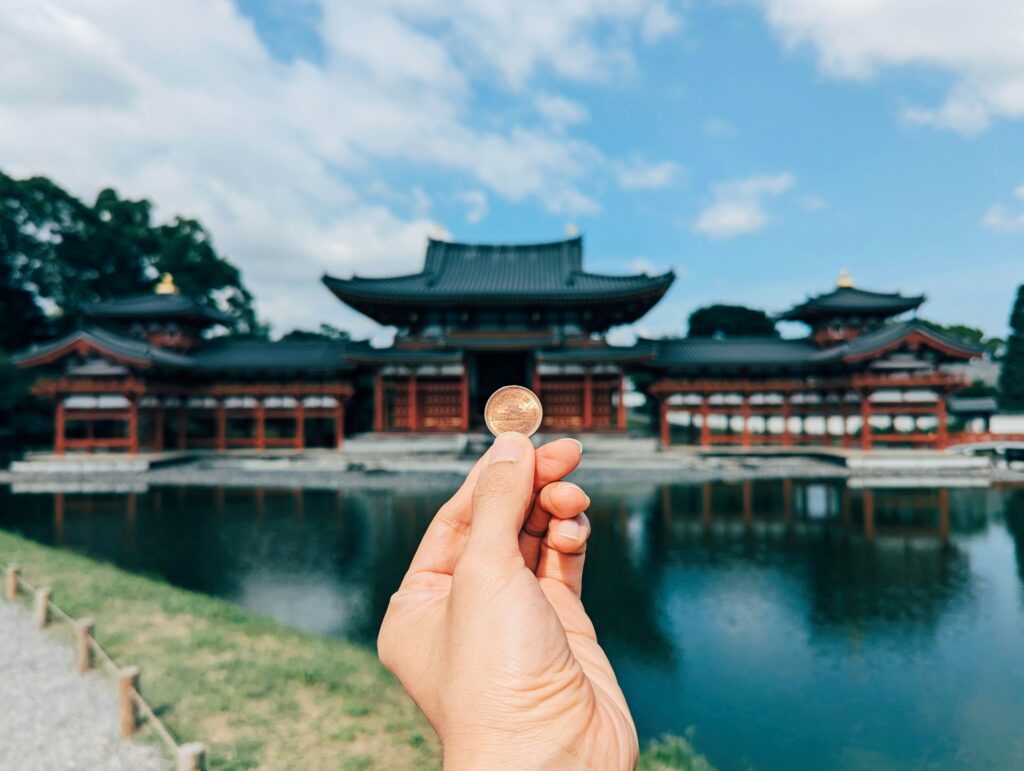
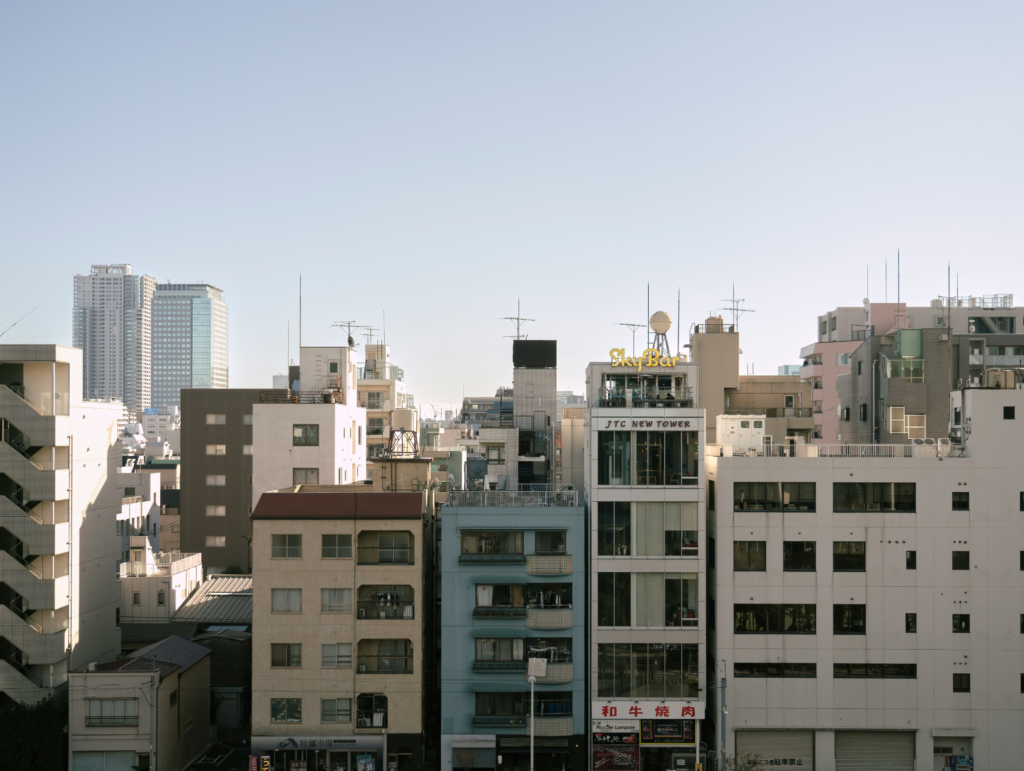
Share houses: A unique way to live in Japan
Before I even landed back in Japan, I knew where I wanted to live: in a share house. I became aware of the concept thanks to a former relationship during my JET days.
My then-partner lived in a social residence (large-scale share house) not too far from Yokohama Station. Upon being invited over, I was blown away by the setup. The space boasted large communal living areas, massive kitchen space with multiple four-ring hobs (a blessing for one such as myself, forced to cook over one tiny burner in my studio apartment kitchen), a small gym, conference rooms, a theatre room with a projector, and an open bath area.
I couldn’t believe that this kind of communal living concept existed. As someone who is fairly extroverted, I relished visiting my partner’s home and chatting to everyone there. I wished I had something like this closer to my own work, because while I had gotten used to—and even enjoyed—living alone, I missed company. It can be difficult in Japan to make friends, and even when you do, it’s then about finding time to meet them. At a share house, you make friends with the people living in the same building as you and see each other on a near-daily basis.
So, when I decided to once again move to Japan, I knew I had to move into a share house.
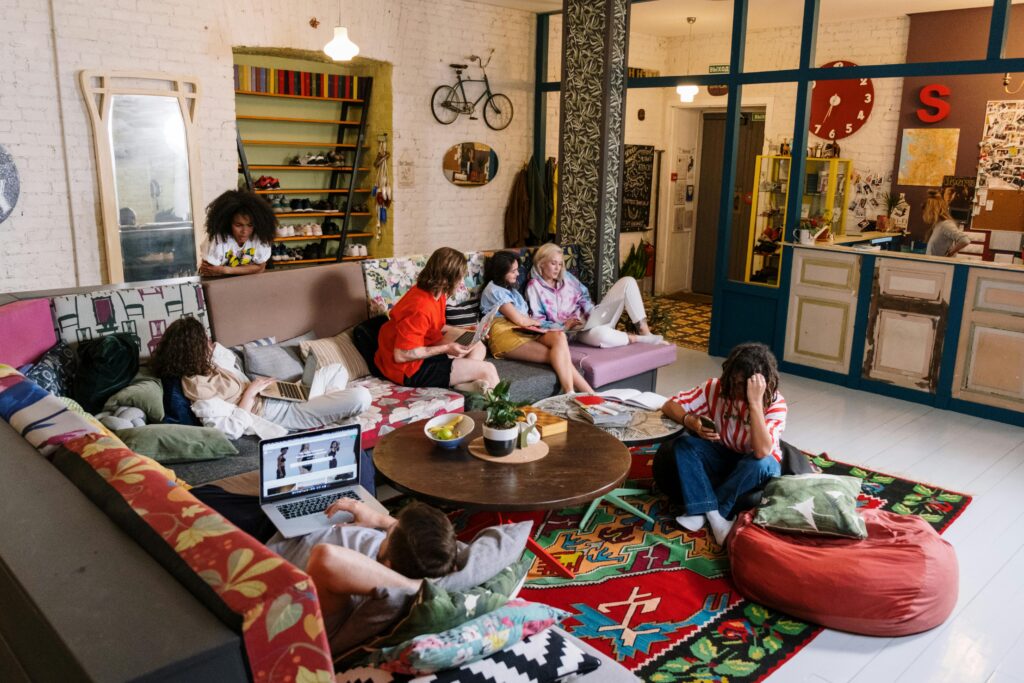
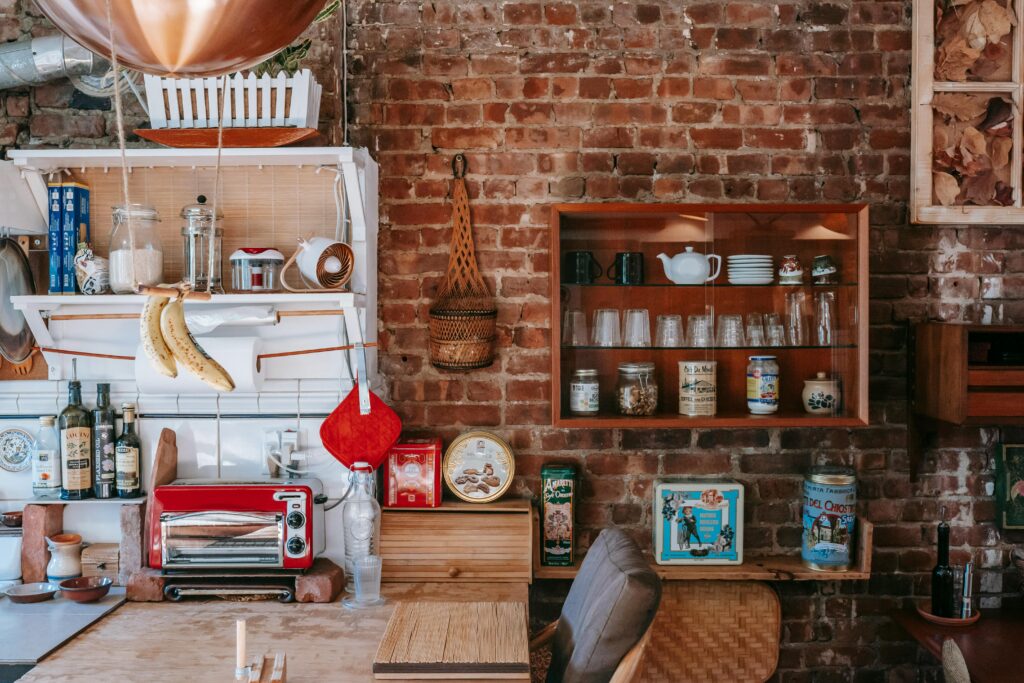
The moving-in process
The social residence my former partner lived in was run by one of the big share house providers, Oakhouse (check the end of this article for other recommendations). This company owns buildings across the country, mainly in big cities such as Tokyo, Osaka, Yokohama, and Fukuoka.
Before flying to Japan, I browsed their website, filtering for my preferred amenities, price range, and distance from key locations. Once I was ready to settle in Tokyo, I reached out to Oakhouse through their site and scheduled viewings at three different houses. None were 100% perfect (Goldilocks syndrome, I’m afraid), but all had potential. I chose one that offered great value, had tons of amenities, and was in a quiet, peaceful area (bonus: it even had an outdoor wood-fired pizza oven).
It was a little further out from the center than I would have liked, but one train line got me directly to major hubs like Tokyo Station, Shinjuku, Nakano, and Kichijoji. Unless you have a lot of money, you are going to have to make compromises, but that’s true of renting a normal apartment as well.
After selecting my location and room (everything was communal except the bedroom, which had a bed and storage), I signed the paperwork, paid the ¥50,000 joining fee and first month’s rent (payable by card or via Japan’s Pay-easy ATM system), and that was it. No agent fees, no key money, and far more flexibility. You sign a six-month contract, but you can leave sooner with just one month’s notice.
Because Oakhouse caters to internationals, the entire process was quick and easy, with clear English instructions and documentation. I was told the house rules, shown where everything was, and then given the key to my new room. After over five months of travelling, it was my new haven, my new home.
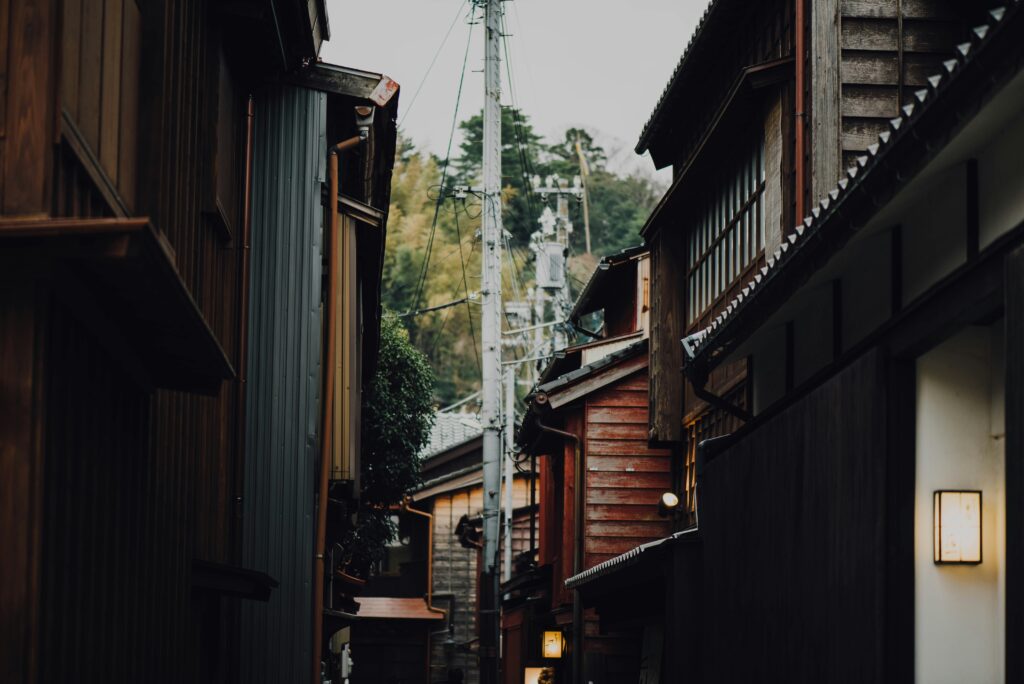

Living in a share house
Moving in, I was worried that I had set my expectations way too high. Would I make friends as easily as I hoped? Would people want to hang out or join me on little excursions? Would I even be liked?
I needn’t have worried.
On my first night there, I went to the social lounge to make dinner, and having sat down to eat, I was approached by one of the long-term residents who introduced himself and asked if I wanted to meet with others. From that moment on, I always had friends there.
The residents of the share house were extremely diverse. While the majority was Japanese, there were also plenty of internationals from all over the world: Malaysia, Indonesia, Korea, China, Australia, New Zealand, Portugal, Germany, Brazil, the United States, and France, to name but a few. There was also a vast age range, from 19 all the way to 60+.
Parties were thrown for birthdays, celebrations held for special events, picnics organised during hanami, and pizza nights to be had during the summer. I wouldn’t say it was perfect—as more people moved in, especially after travel restrictions were lifted, social dynamics became more complex. But overall, we got along. The unspoken rule was simple: avoid those you don’t vibe with, and spend time with those you do. The house was big enough for that.
That said, shared living comes with its downsides. Dishes were not always cleaned in a timely (or even thorough) manner. Bathrooms were not always left in the best state (especially the male ones, from what I heard) and there were a couple of small instances of package theft that management got involved with (that individual was asked to leave). You need to be aware that you are living with lots of other people, all of whom come with their own quirks and habits, good and bad.
For the most part, my experience in the share house was overwhelmingly positive. I had made friends, networked, joined in social events, and lived in a vibrant house filled with diversity. After over two years there, my partner and I were ready to move on and have a space all of our own, but I will always be so thankful that I started my time in Tokyo in that share house.
Other recommended share house companies:
- Oakhouse
- Social Design
- Social Apartment
- Sakura House
- Borderless House
- Tokyo Sharehouse (not a share house but a share house search engine)
